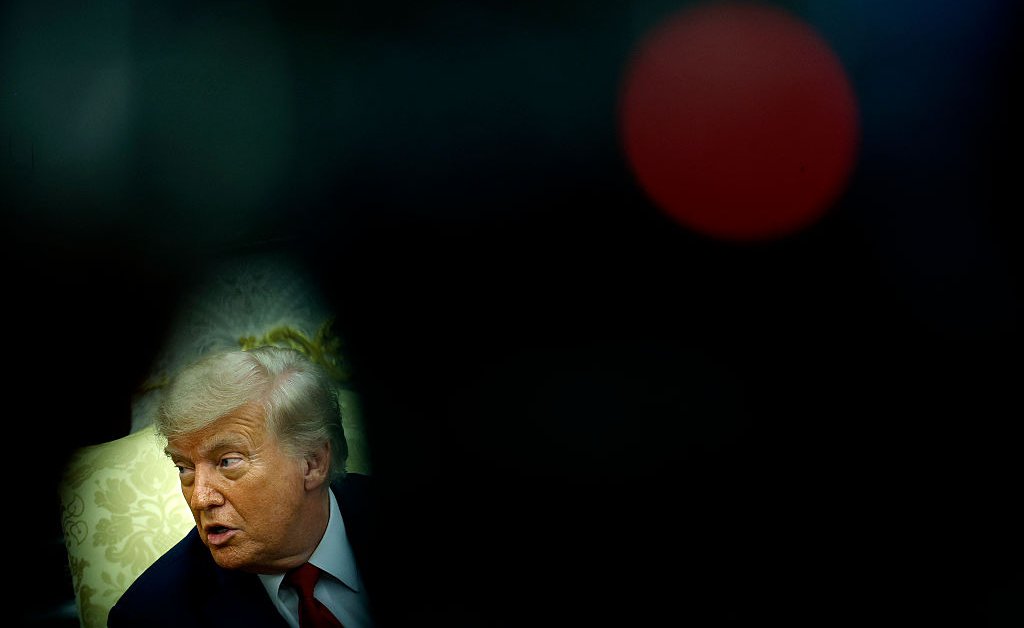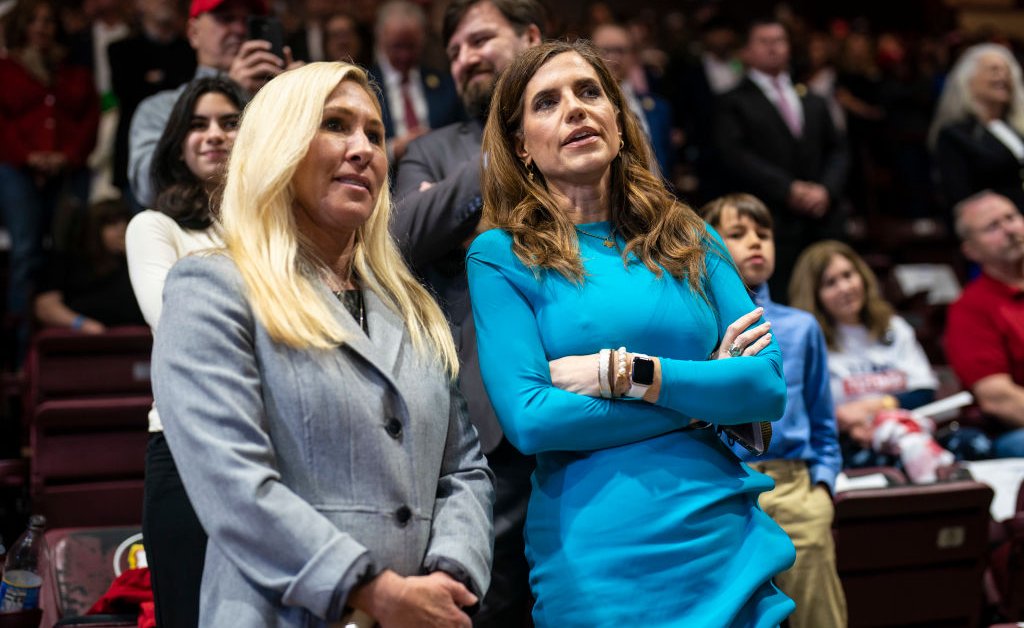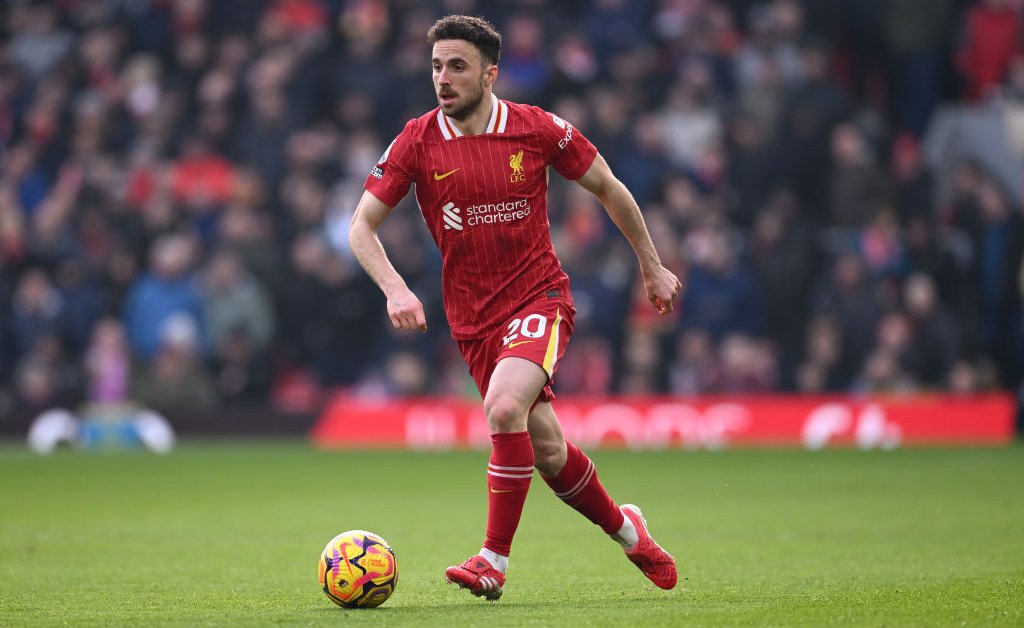On July 14, President Donald Trump announced that Russia and any country purchasing Russian oil would be hit with severe tariffs in 50 days if Moscow failed to sign a cease-fire with Ukraine. Two weeks later, during a trip to Scotland, he shortened the timeline to 10 days, arguing that Russian President Vladimir Putin’s cooperation was virtually absent. Despite Trump’s claim that U.S. envoy Steve Witkoff’s fifth meeting with Putin was “highly productive,” the deadline will hit on Friday.
Much of the commentary to date has focused on Trump’s U-Turn on the war in Ukraine—understandably so. Unlike his predecessor Joe Biden, Trump had no love for Ukrainian President Volodymyr Zelensky, who he called a “dictator” and falsely blamed for instigating the Russian war. And unlike Biden, Trump was more willing to tighten the screws on Zelensky, who often demanded terms—like Russia’s full withdrawal from Ukraine, including Crimea—that were not tethered to facts on the ground. His highly-publicized dressing down in the Oval Office this past February, in addition to Washington’s temporary suspension of military and intelligence assistance to Kyiv, may have helped scare Zelensky into watering down his position and agreeing to peace talks without preconditions.
Now Putin is the one on the hot-seat. The Trump Administration’s attempt to negotiate a 30-day ceasefire in March went nowhere, as did an effort to strike a similar accord in the Black Sea weeks later. The Russians have dropped substantially more ordinance on Ukraine during Trump’s first six months than they did during the last six months of Biden’s term, and Trump has grown increasingly critical of Moscow. His tariff threat, alongside his decision to allow Washington’s NATO allies to purchase U.S. arms for Ukraine’s benefit, is as much a sign of extreme frustration with Putin’s antics as it is about injecting life into moribund talks.
Yet assuming Trump follows through with his own deadline, will the pressure tactics actually work to change Putin’s war calculus? The answer: highly unlikely.
First, the tariffs on Russia won’t have much of a financial impact. U.S.-Russia trade last year was an abysmal $4 billion, as sanctions the Biden Administration put together continue to penalize Putin’s war of choice in Ukraine. Instead, the real meat on the bones is secondary tariffs of 100% on importers of Russian energy, such as India and China, who indirectly provide the Kremlin with tens of billions of dollars that finance its war effort. India, which traditionally received most of its oil from the Persian Gulf, has exponentially increased cheap Russian crude since Moscow was locked out of Europe’s energy markets.
Trump is betting he can browbeat India into stopping, or at least substantially reducing, its purchases of Russian oil through the threat of 50% tariffs. With less money, the argument goes, Putin will have trouble paying the big salaries he has relied on to pad the Russian army’s ranks and finance the 40% of the Russian budget that is now earmarked for military spending. Indian Prime Minister Narendra Modi, however, is an ardent nationalist who doesn’t roll over easily and his country still relies on Moscow for a significant chunk of its military equipment. Indian officials quickly struck back at Trump’s latest tariff threats, with the Foreign Ministry calling the decision “extremely unfortunate” and hinting at possible retaliatory tariffs.
Even if Modi does cave to pressure, one can’t expect the same from Putin. The Russian strongman doesn’t bend to foreign pressure easily—particularly when it comes at Washington’s hand and concerns a subject like Ukraine that he’s maniacally obsessed with. The blunt reality is that the war in Ukraine is now so synonymous with Putin’s legacy that he is unlikely to budge.
Evidence for this is strong. Putin has been willing to take a lot of pain, including a warrant for his arrest issued by the International Criminal Court, as well as place Russia’s entire geopolitical position in jeopardy, for the sake of the war. Russia’s economy has been relatively resilient in the face of a large-scale Western sanctions regime, but some Russian economists now warn of a recession. Moscow’s ties to the West are essentially broken, which means the Kremlin’s only true option is to get closer to China, even if this means handing Beijing an enormous amount of leverage it can lord over Moscow in the future. All in on Ukraine, the Russians are losing their near-abroad; unable or unwilling to uphold security commitments, countries like Armenia are now seeking to lessen their dependence on Moscow by broadening relations with alternative power-centers. If Putin cares about any of this, it seems to be taking second fiddle to his Ukraine aims.
Finally, although Trump’s turning of the economic screw on Russia might look dramatic, it’s hardly a novel idea. The U.S. has leaned heavily on the stick ever since Russia launched its war of aggression in Ukraine. Washington has sent Kyiv more than $66 billion in weapons; enacted a list of sanctions on the Russian economy; and helped the G-7 push through an unprecedented price-cap scheme meant to limit Russian oil revenues—all in the hope Moscow would sue for peace.
None of it, though, has convinced Putin to change course. Russia’s goals for the war—cap the size of the Ukrainian army; fully capture the four Ukrainian provinces Putin annexed in September 2022; prevent Ukraine’s admission into Western security institutions; and keep Ukraine in Russia’s sphere-of-influence—are the same today as they were in February 2022.
The bottom line is downright depressing: short of a direct U.S. military intervention that no serious analyst would contemplate, Trump’s toolkit to will a Ukraine peace deal into existence is bare. Whether it’s the carrot of a presidential-level meeting next week or doubling down on sticks like sanctions, tariffs, and military aid to Ukraine, Trump is learning the hard way that it’s the combatants, not the mediators, who are driving the train.








